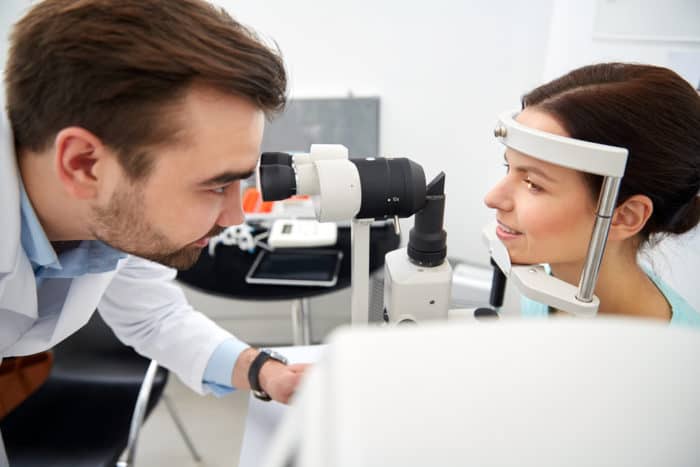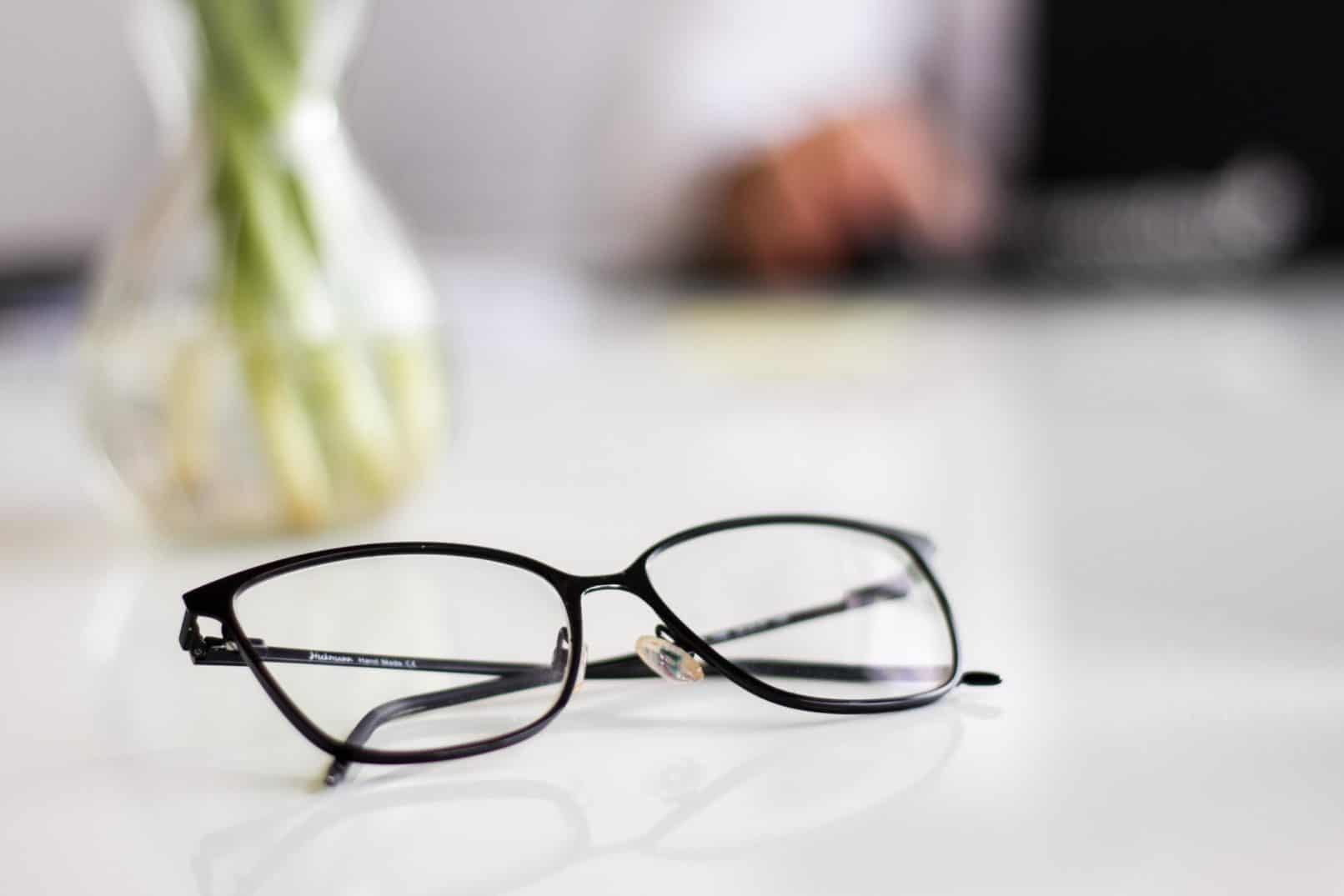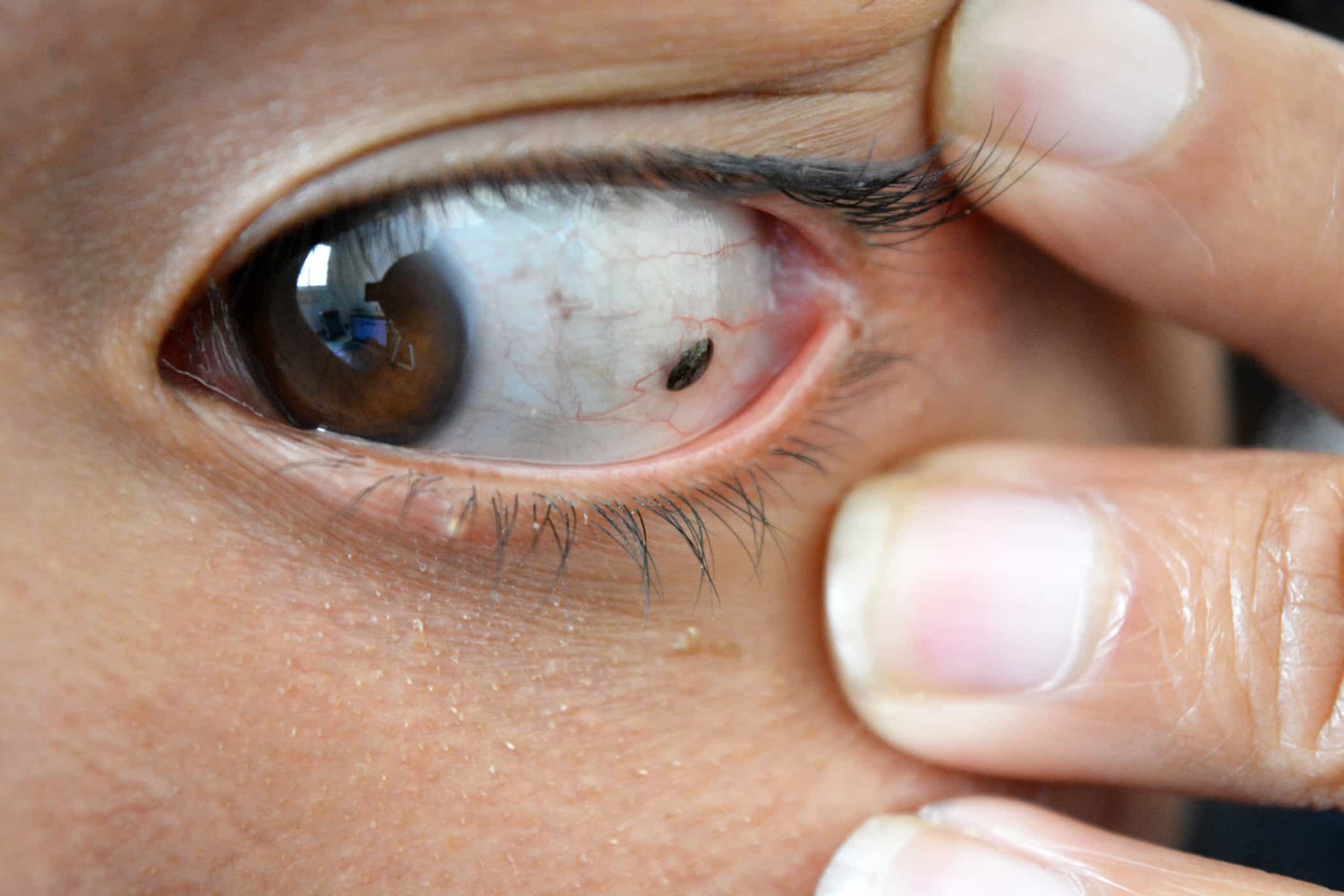Contents:
- Medical Video: Dealing With Diabetes Complications
- Vision problems become one of the world's health problems
- Why are people with diabetes susceptible to vision problems?
- What are the symptoms of visual impairment due to diabetes?
- How do doctors diagnose my condition?
- What are the treatment options for this condition?
Medical Video: Dealing With Diabetes Complications
Blood sugar that continues to be left high without treatment can cause many complications of diabetes. One of them is visual impairment. A sharp decrease in vision generally occurs due to the aging process. However, chronic diseases such as diabetes are also closely related to a number of conditions that can reduce vision. Therefore, being blind is the most feared complication of diabetes. How do you deal with vision problems due to diabetes?
Vision problems become one of the world's health problems
Of all human populations, 65 percent of people in the world experience decreased vision when they are over 50 years old. An estimated 285 million people in the world will experience a decline in vision, of which 39 million will experience blindness and 246 million will have weak vision.
With the increase in the elderly population in many countries, more people will be at risk of visual impairment due to chronic diseases and the aging process.
Diabetics are 25 times more at risk of experiencing accelerated vision problems than people who don't have the same problem.
Why are people with diabetes susceptible to vision problems?
Uncontrolled blood sugar levels can cause nerve damage and bleeding in the blood vessels in the eye, which in turn has an impact on the eye's ability to see. One of the most common complications of diabetes in the eye is diabetic retinopathy.
This condition occurs when blood vessels in the patient's retina are damaged. Diabetic retinopathy does not always cause loss of vision and can be treated or slowed if detected before finally becoming a more serious condition.
Diabetes can also trigger or worsen the eye conditions that have been had by previous patients, such as cataracts and glaucoma.
What are the symptoms of visual impairment due to diabetes?
Some symptoms that appear if you experience visual impairment due to diabetes are:
- Has a low visual acuity, even though the patient has a full field of vision
- Has blurred, blurred vision or turbidity that occurs in your central vision
- Has a relatively good visual acuity, but the field of vision is drastically reduced
If you have diabetes and complain of experiencing visual disturbances, immediately consult an ophthalmologist. The earlier the vision disorder is diagnosed, the higher the chance for the patient to recover completely.
How do doctors diagnose my condition?
Like most medical examinations in general, the doctor will ask you about the medical history you have experienced and your overall health condition. To ensure a diagnosis, the doctor will conduct a physical examination which includes testing the visual acuity.
A test called snellen chart is often used to measure a person's visual acuity. This test requires you to read the letters on a chart at a certain distance. The lower the size of the writing will be smaller.
After the test, you are given a score for your visual acuity. Snellen's score consists of two numbers. The first number is how far you can read the letter graph in the table. The second number is how far a person with healthy vision should be able to read a chart.
The doctor may also carry out a field test to check the area of vision loss.
There may be other tests performed by the doctor. Please consult a doctor for more information.
What are the treatment options for this condition?
In general, controlling blood glucose and blood pressure are the two main ways to combat visual impairment due to diabetes. This can be done by maintaining a healthy diet and exercising diligently. Eat healthy foods that are rich in fiber and various other good nutrients and vitamins.
In addition, avoid stress due to stress can cause blood sugar levels to increase dramatically. Stress also tends to make the desire to continue eating especially sweet foods.
Your doctor may also recommend surgery to improve your eye vision function. One way is to treat laser photocoagulation. Laser photocoagulation is the treatment most often used to treat visual disturbances due to diabetes, especially macular edema. If done properly, laser photocoagulation can be the best method for maintaining a patient's visual acuity so that it can reduce the risk of permanent blindness. Even so, this procedure is rarely able to improve vision that has already been severe.
Until now, experts are also currently researching drugs to overcome visual impairments due to diabetes. This drug is made in the form of an eye injection that serves to block chemical signals that stimulate the growth of blood vessels, known as growth factors vascular endothelium (VEGF).
The results of the study show that these compounds can prevent leakage of blood vessel fluids that cause macular edema. However, further research is still needed to ensure that this eye injection drug is truly effective for treating visual impairments due to diabetes complications in the pata.
















